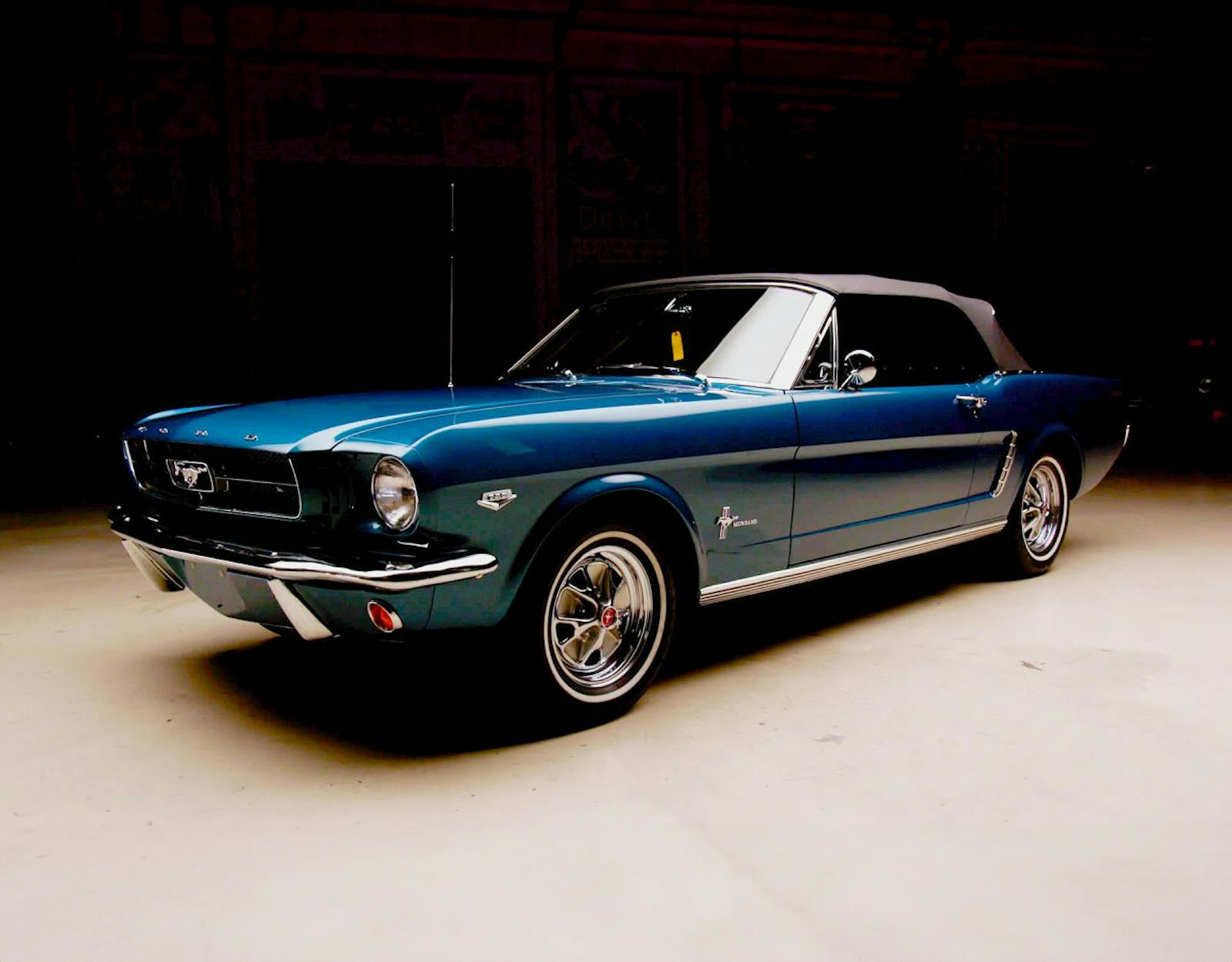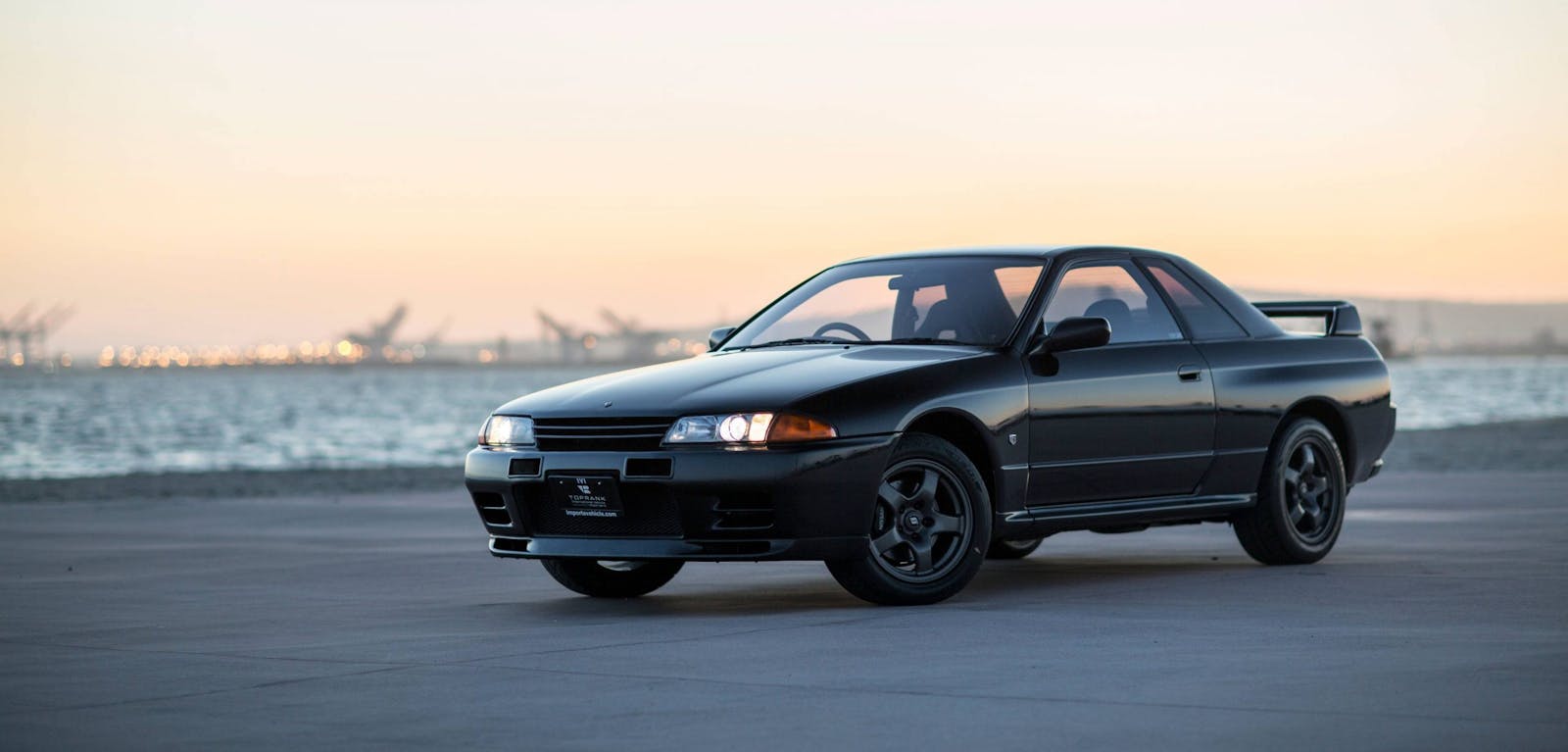The 8 greatest Jaguars that aren’t E-Types
Sir William Lyons founded the Swallow Sidecar Company in 1922, began making his own sports cars in 1931, switched the name on the building to Jaguar in ’45, and created a masterpiece in 1961. That year, on March 15, the Jaguar E-Type was unveiled to the world at the Geneva Motor Show. With an independent rear suspension, Jag’s already legendary double-overhead-cam inline-six engine, and the shape of all shapes (designed by Malcolm Sayer), it will forever be considered the greatest Jaguar of all-time.
In 1999, Ian Callum became Jaguar’s Design Director, a job he had wanted since he was 14 years old, inspired by the sight of a new 1969 Jaguar XJ 6. He sent some sketches to Jaguar Chief Engineer Bill Heynes, who encouraged the young lad from Dumfries, Scotland. Callum’s resume now includes the timeless shapes of the Aston Martin DB7, Vanquish, and DB9, as well as Jag’s recent design revolution with cars like the XK, XJ, XF, F-Type, and F-Pace.
When we decided to choose a short list of the greatest Jags that aren’t E-types, we asked Callum for assistance. Many of his selections were unexpected, but maybe even more shocking were some of his omissions. Maybe we shouldn’t have been so surprised. Callum, who’s famous for driving around the English countryside in his 1956 Chevy Bel Air street machine and his fenderless 1932 three-window Ford hot rod, has always been a little unpredictable.
1975 Jaguar XJC

Partially inspired by the pillarless hardtops made famous by American manufacturers in the 1950s and ’60s, the XJC debuted in 1973, finally reached production in ’75, and the final few were sold in 1978. About 6500 were built, most powered by the 4.2-liter inline six, but around 1800 were powered by the 5.3-liter V-12. Oddly, the XJC sales overlapped with the sleeker and more dramatic XJ-S coupe, which was produced from 1975–96.
“The XJC was probably one of Lyons’ best looking cars,” Callum says. “It’s a two-door, pillarless coupe with beautiful proportions and takes the basis of the original XJ, which in itself was a very avant-garde car for its time, and makes it even better. It was the last car that he was involved in before he retired, and Lyons said it was his favourite. It’s certainly one of mine.”
1959 Jaguar Mark II

Callum doesn’t mince words when it comes to the Mark II, calling it “one of the most beautifully proportioned and disciplined saloon cars ever produced.” The Mark II debuted in 1959 and was produced until 1967, with Jag emulating its look for the S-Type sedan produced from 1999–2008. In the United States, the unit-body four-door was powered by the 3.8-liter inline six from the XK150 sports car. With two overhead cams and 220 hp, it was capable of 120 mph. The Mark II was raced all over the world by men like Lotus-boss Colin Chapman, Graham Hill, and Stirling Moss.
“The purity of its bodyside is astonishing and its stance is perfect,” Callum says of the Mark II. “It was also a very quick five-seater car. At the time it was seen as the original sports sedan. For me, the modern equivalent would be the new all-electric I-PACE—it’s a genre of its own.”
2010 Jaguar C-X75

A mid-engine supercar concept that never reached production, the Project C-X75 did, however, wow movie goers when it was driven by the baddies in the 2015 James Bond film Spectre. Originally built to celebrate Jag’s 75th birthday, by 2013 five runners were built with their chassis and bodies constructed entirely of carbon fiber. A twincharged 1.6-liter four-cylinder making 500 hp was combined with two electric motors making an additional 400 hp. Jag says the all-wheel drive supercar could be driven 30 miles on electricity alone and was capable of 0–100 mph in less than six seconds and a top speed of more than 200 mph.
Callum says, “I believe C-X75 is the best looking car that we’ve done at Jaguar, in terms of supercar status, so I had to include it. It’s a mid-engine proportion, which is something that we all enjoy designing, but its purity is as powerful as its overall shape. That was something that we as a team really wanted to do in this car—capture the purity of the original E-Type.”
1931 SS One Coupe

“The SS1 Coupe is a car I love because it captures the essence of a Jaguar—exaggerated form and proportions,” Callum says. “It has a long bonnet, very low roof, and large wheels at each corner. Pure hot rod.”
In 1930, the bread and butter of Lyons’ company was the construction of rebodied Austins, but he had begun to partner with Standard, which produced a larger chassis. Using a modified Standard frame and engines, the long and low SS1 (named for the first initials of each company) debuted at the London Motor Show on October 9, 1931. Under its long hood was a 2.0-liter four-cylinder engine, but a 2.5-liter was available later as well as other body styles, including a convertible called the tourer. These cars competed in rallys throughout Europe with much success. Production lasted until 1936.
1962 Jaguar Mark X

Imposing with a magnificent presence, the sleek Mark X (spoken as the Mark 10) was slightly longer and eight inches lower than the Mark IX it replaced. It used the engine, independent rear suspension, and four-wheel disc brakes from the E-Type, as well as unit-body construction lessons learned from the smaller Mark II. The Mark X debuted on October 10, 1961, with production lasting until 1970.
“The Mark X Jaguar was excessive almost beyond belief,” Callum says. “At nearly two meters, it was the widest car ever produced in the UK. It was an attempt to bring Jaguar into the American market; therefore it was somewhat oversized. But that excessiveness is what makes it so exciting. The purity of line that goes from the front lamps straight through to the rear fender is absolutely perfect and undisturbed—evidence that Jaguars don’t have to have haunches.”
1951 Jaguar C-Type

Malcolm Sayer joined Jaguar in 1950 to improve the aerodynamics of the XK120 for competition at Le Mans. His creation was the C-Type or XK120 C (“competition”). Three were entered in the 24-hour race of 1951, with drivers included Stirling Moss, and the C-Type driven by Peter Whitehead and Peter Walker won the race with an average speed of 93.49 mph. Fifty-three C-Types were built over the next three years. Jag C-Types would win races all over the world, including Goodwood and Watkins Glen, and be driven by such legends as Phil Hill and John Fitch before being replaced by the D-Type.
“The proportions and purity of the C-Type Sayer produced was absolutely beautiful,” Callum says. “It’s my favourite classic racing Jaguar because it’s derived from first principles, aerodynamics, and geometry. Sayer had a way of making static cars look fast and efficient. It was among the most advanced cars of its day and we’ve tried to instill a bit of that DNA into all of our cars.”
1954 Jaguar D-Type

“The D-Type is voluptuous beyond belief,” Callum says. “Created from pure geometry and what was understood to be aerodynamic at the time, its very presence and beauty is something that has to be seen to be believed, especially with the rear fin on it. With the rear fin, the D-Type became so extravagant and indulgent, it was quite stunning. It was clearly the main influence for Project 7.”
In 1954, the new D-Type, which would go on to be Jag’s most historically significant race car, broke the Le Mans lap record held by the more powerful 4.5-liter Ferrari driven by Alberto Ascari. Three cars were entered that year, with one finishing a close second to a Ferrari. The following year, with body and mechanical modifications, the D-Types returned to Le Mans and won the race with Ivor Bueb and Mike Hawthorne driving to victory with an average speed of 107 mph. D-Types would win Le Mans again in 1956 and ’57, again with Bueb driving. On January 21, 1957, the Jaguar XKSS, a road-going version of the D-Type, was introduced with an astronomical sticker price of $6900. Sixteen were built, with the most famous XKSS owner being Steve McQueen.
1991 Jaguar XJR14
“The XJR14 was a Group C car created by TWR in the 1990s and I was fortunate to be personally involved with it,” Callum says. “It was originally modeled as a clay model, with the correct surfacing that the designer would understand and approve of, even though it was a pure aerodynamic car. The overall shape of it is just hugely dramatic and I think it’s the prettiest Group C car ever produced.”
Designed and developed by TWR under the supervision of Ross Brawn, the XJR14 was powered by a naturally aspirated 3.5-liter Ford HB V-8 pilfered from a Formula One car. Tuned to rev to 11,500 rpm and make 650 hp, three were built and they began the season dominating the FIA’s World Sportscar Championship against Peugeot and Mercedes. They did not compete at Le Mans, but the following year they went to America and finished third in the IMSA Camel GTP Championship with two victories.


